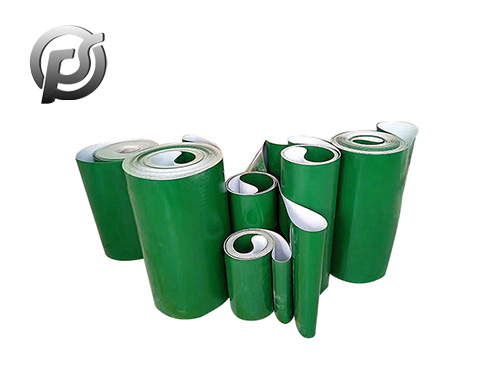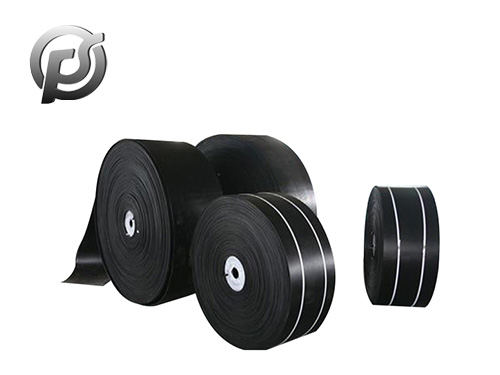With the rapid development of metallurgical industry, a large number of ore resources have been exploited and utilized. Under the circumstance of decreasing ore resource supply, the secondary ore is also applied. Due to the increase of slag content, the load and technical requirements of slag treatment system rotary drum equipment are increased correspondingly. In order to facilitate the maintenance of the drum, the drum in the delivery of slag using collapsible belt conveyor, responsible for the drum sieve out of the water slag material directly transported to the next level of transfer point, when the drum needs to be repaired, it can be automatically removed from the drum and formed a folding shape, reducing a transfer link, but also reduce the equipment layout space.
1. Structure Principle
Slag folding
belt conveyor is one of the main equipment in INBA slagging system, is the starting equipment for conveying granulated slag, its reliability of operation is very important, its automatic folding function ensures the maintenance space of the drum.
Slag collapsible belt conveyor is composed of fixed section (including tensioning device), warped section, movable section, door frame, walking traction mechanism and other parts of the assembly, in which the fixed section and tensioning device are the same as the ordinary belt conveyor; One end of the warped section is next to the fixed section, and is connected on the dovetail pillar with a hinge mechanism. The other end is connected on the rail head frame rail surface with a set of wheels in the moving section. The end can be flipped up and down around the other end of the hinge point; In addition to the track head frame, the main body of the movable section is basically located in the drum, with two groups of wheels as the support, under the traction of the walking mechanism along the drum inside and outside the track for linear movement; The walking mechanism uses a three-in-one decelerating electric motor (motor + brake + reducer) to drive the traction winch, so that the moving section frame moves in and out of the drum in a straight line. When the system is in normal production, the fixed segment, the warped segment and the movable segment are connected into a straight line, and the main motor of the belt conveyor can be continuously transported. When the dehydrating drum in the system needs to be stopped for maintenance, the fixed segment is fixed, the warped segment and the movable segment are driven by the walking mechanism to make the warped segment rotate and warped under the action of the track head frame. At the same time, the movable segment slowly moves out of the drum along the track (moving speed v = 0.037m /s), thereby vacating the maintenance space inside the dehydrating drum and forming a folding shape. After the maintenance is completed, the walking mechanism runs in reverse, the warped section and the movable section are then reset, returned to the original state, and then the driving mechanism is brake locked. Then start the belt conveyor main motor, the system can resume production.
 Optimizing Operations with PE Conveyor Belts: Durability, Efficiency, and Versatility
Optimizing Operations with PE Conveyor Belts: Durability, Efficiency, and Versatility
 Exploring the Efficiency and Versatility of Light Conveyor Belts
Exploring the Efficiency and Versatility of Light Conveyor Belts
 Polyester Conveyor Belts: Enhancing Efficiency and Reliability in Material Handling
Polyester Conveyor Belts: Enhancing Efficiency and Reliability in Material Handling